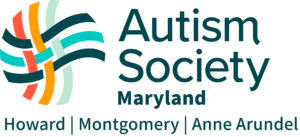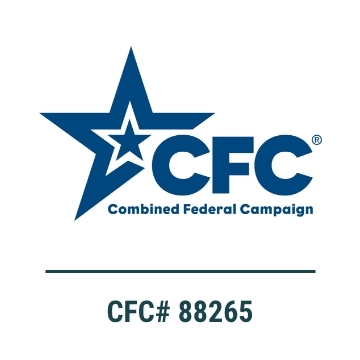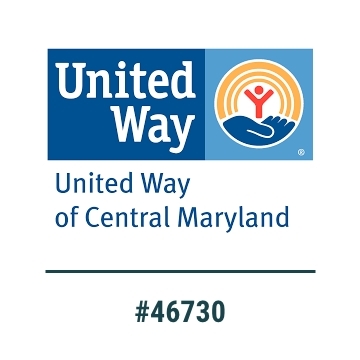Understood
Imagine an Individualized Education Program (IEP) that focuses as much on your child’s strengths as it does on your child’s weaknesses. Unfortunately, that’s not the norm for most students yet.
In a typical IEP meeting, not much time is given to looking at a child’s strengths. Strengths are covered at the beginning of the meeting, and the rest of the time is focused on deficits.
But more and more schools are shifting the focus from deficits to a strengths-based approach. This kind of IEP gives much more weight to a student’s strengths, interests and preferences. The team not only identifies strengths, but leverages them to help address weaknesses.
What Strengths-Based IEPs Are
A strengths-based IEP looks at abilities as well as weaknesses. It looks at what students can do, what the team wants them to do next, and how strengths might be used to set goals to help address a particular need.
A strengths-based IEP often boils down to a shift in mindset. Schools have been focused for many years on areas of need because that’s what qualifies kids for IEPs. But by shifting the focus and putting a big emphasis on strengths, this new kind of IEP helps adults—and kids—see that there’s more to these students than their weaknesses.
Read more. Understood.



























